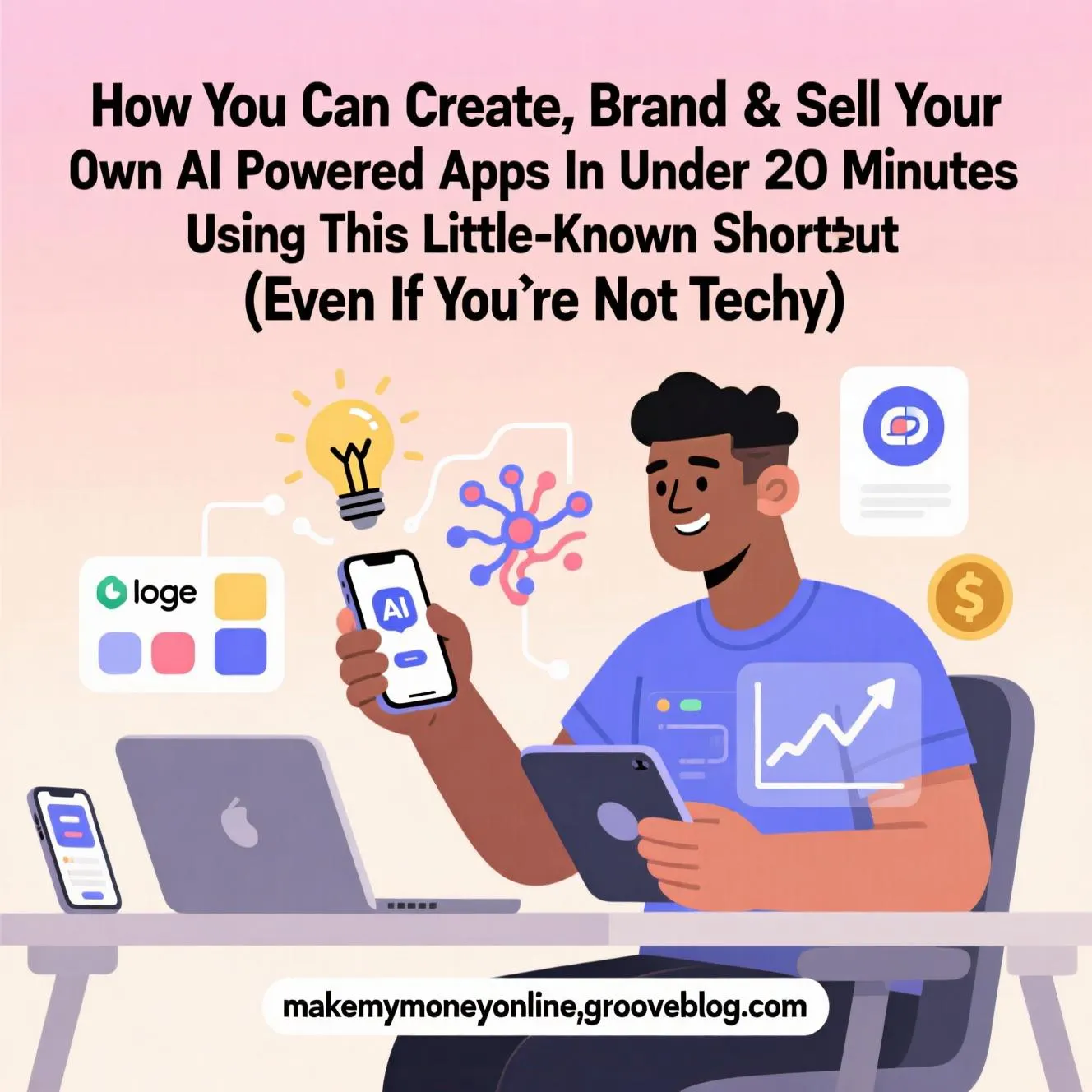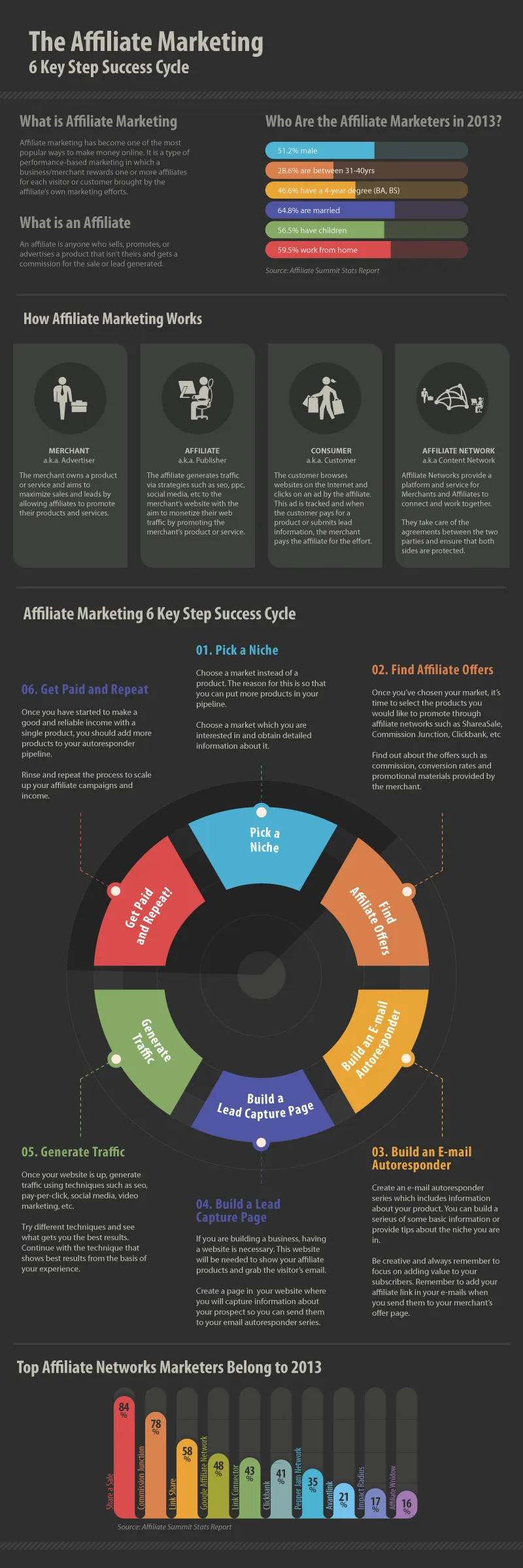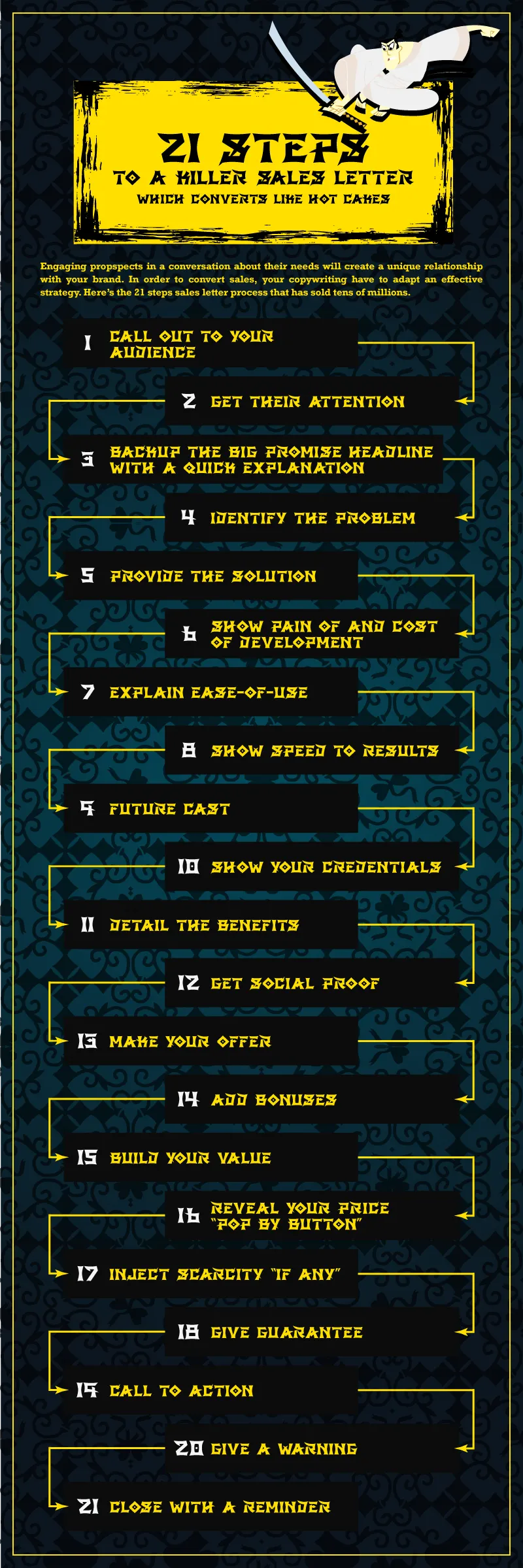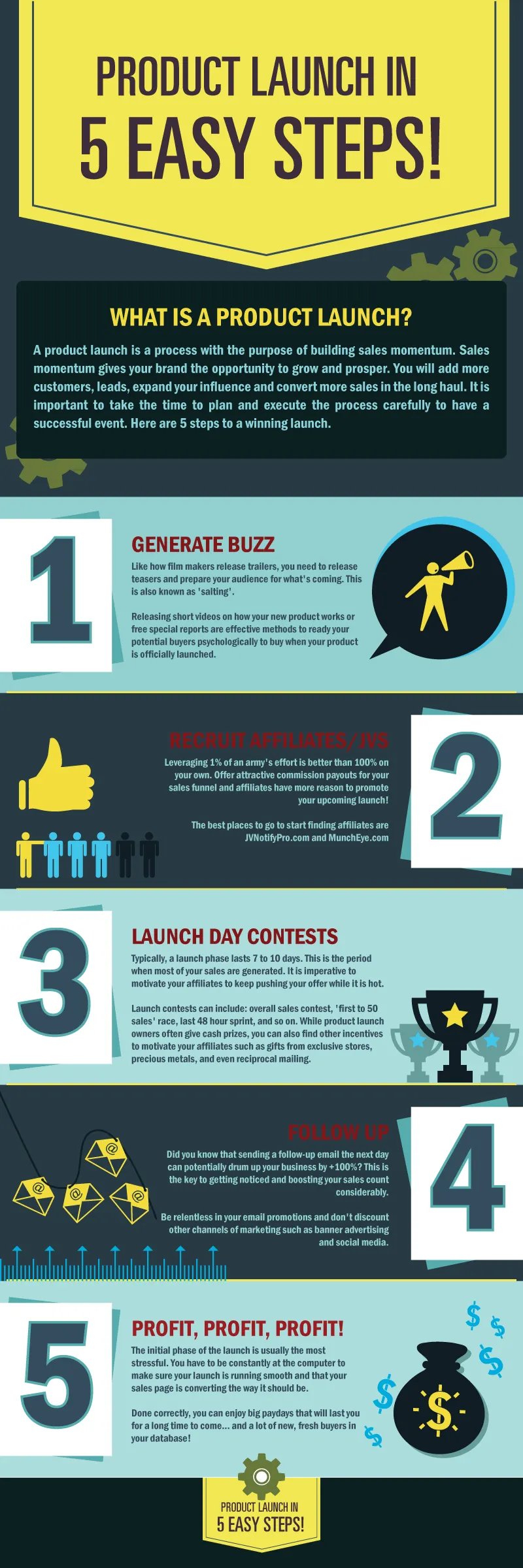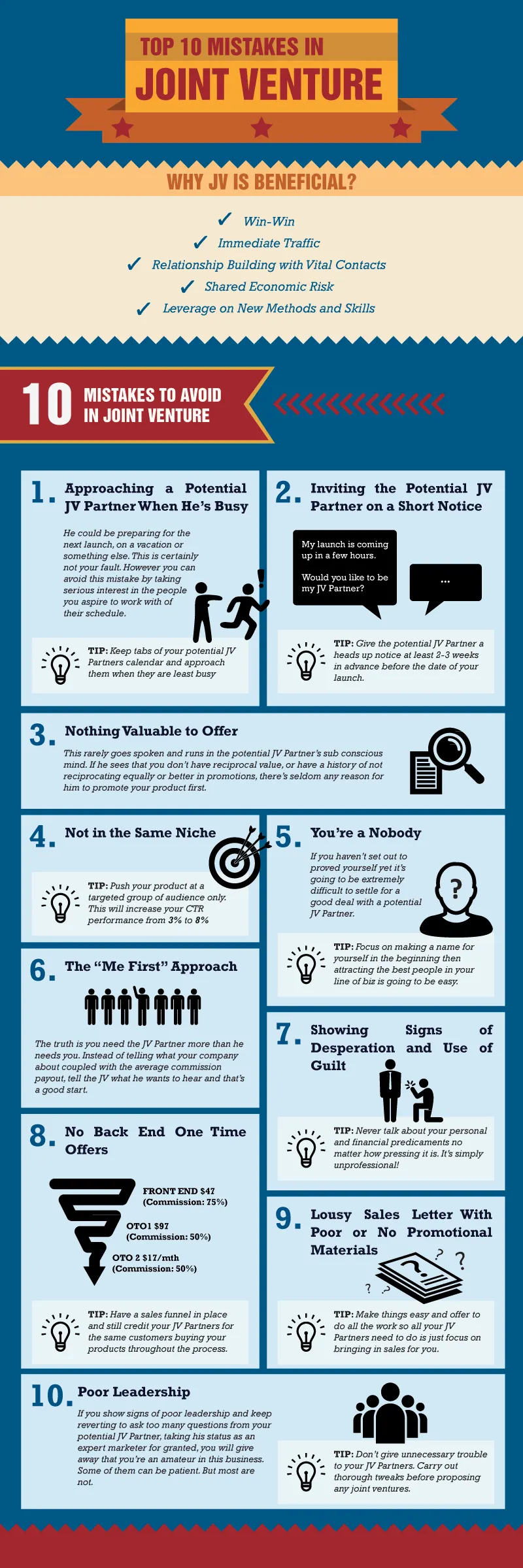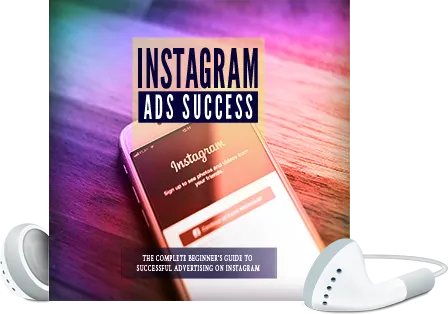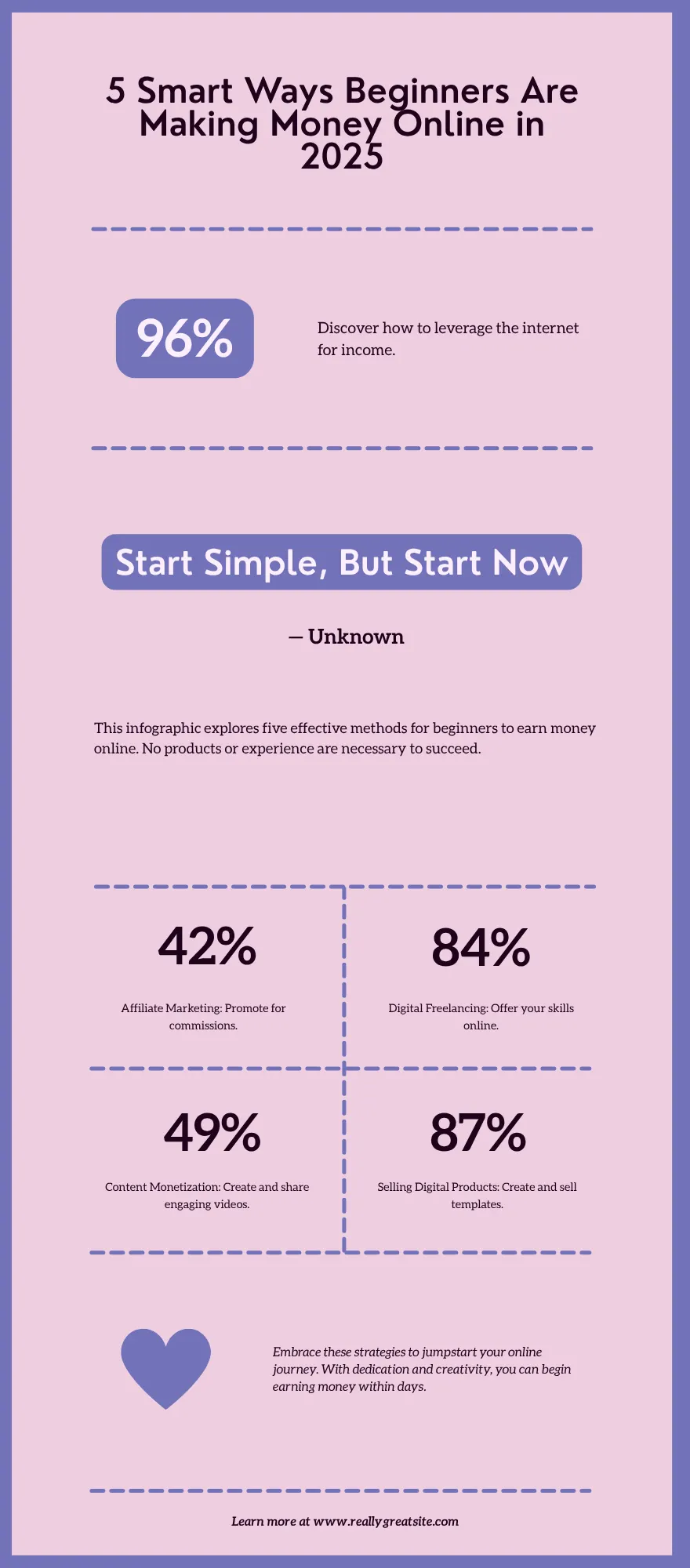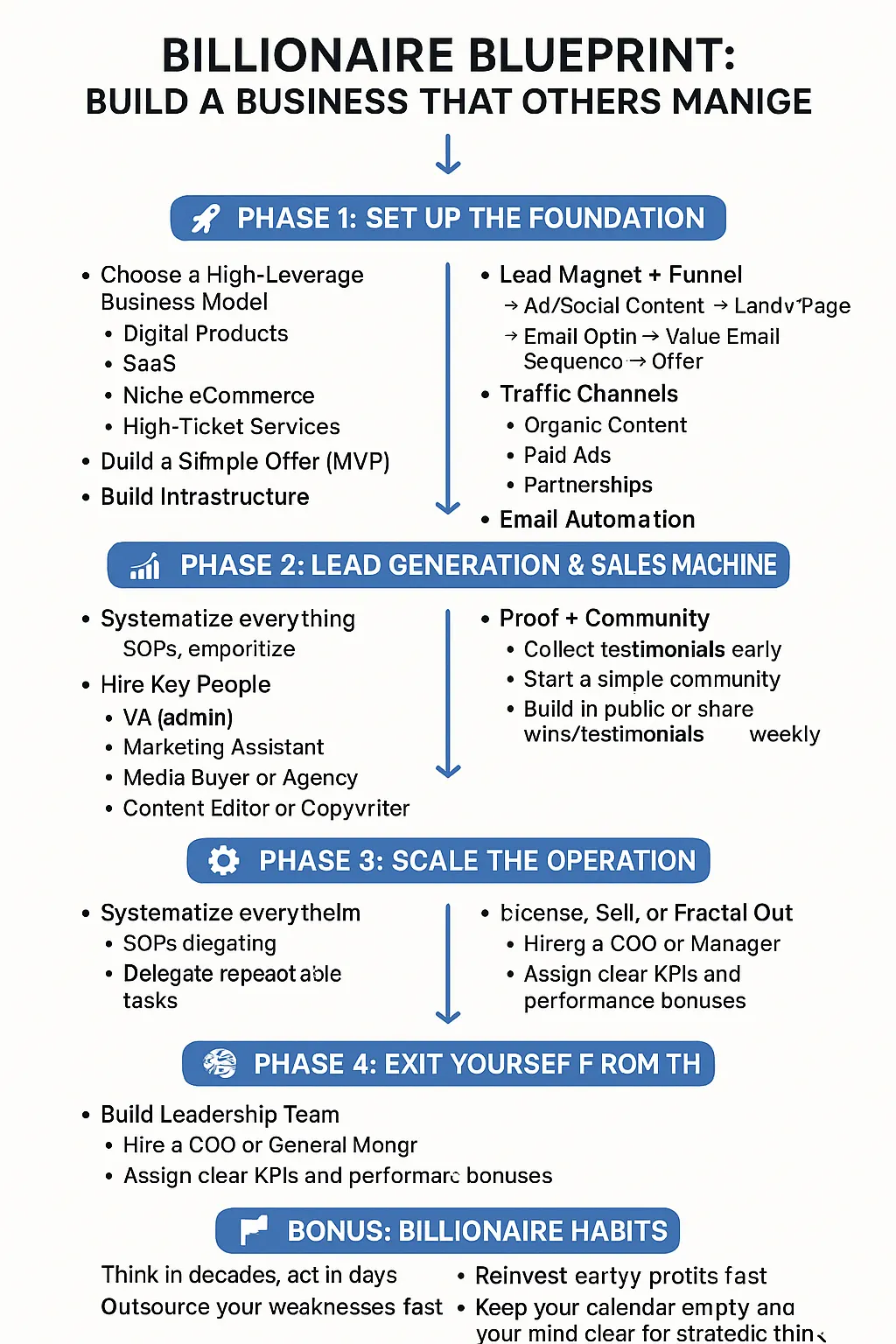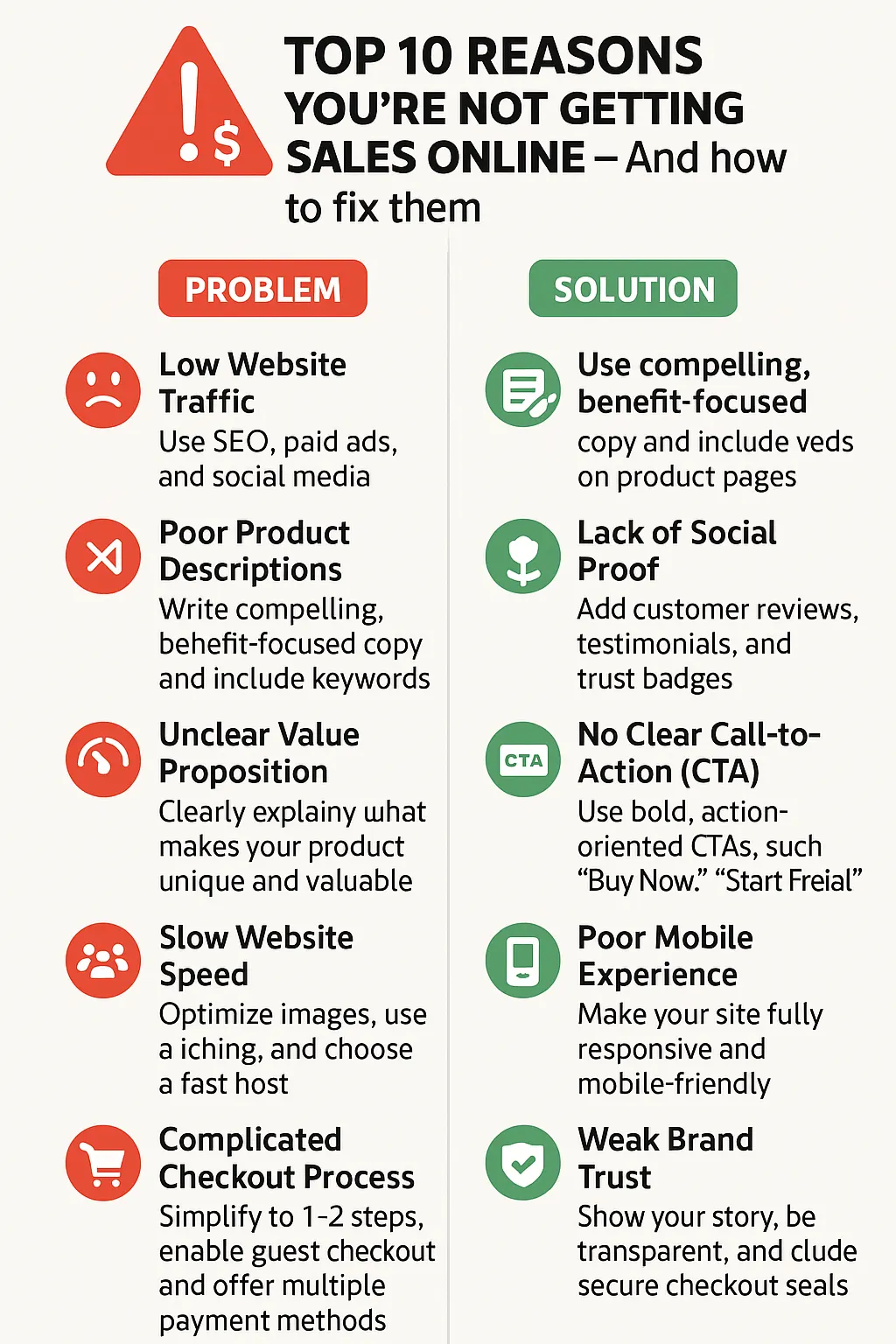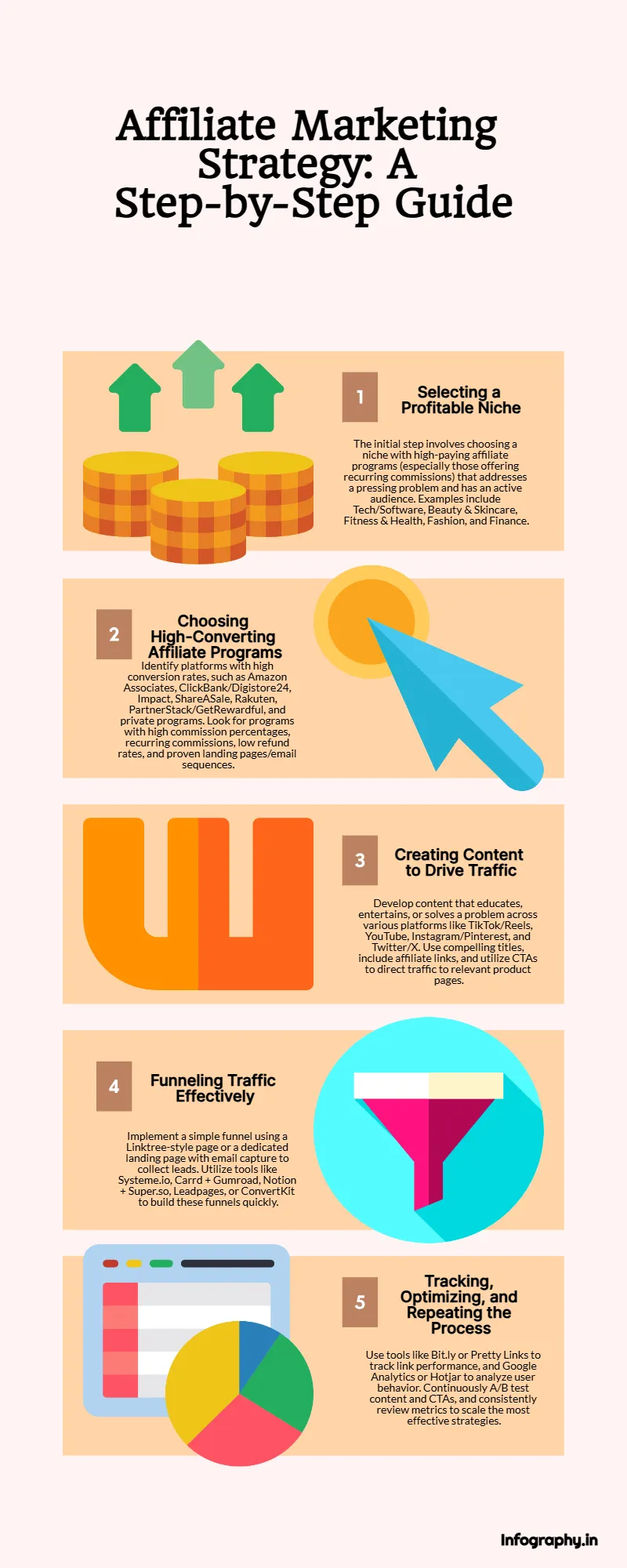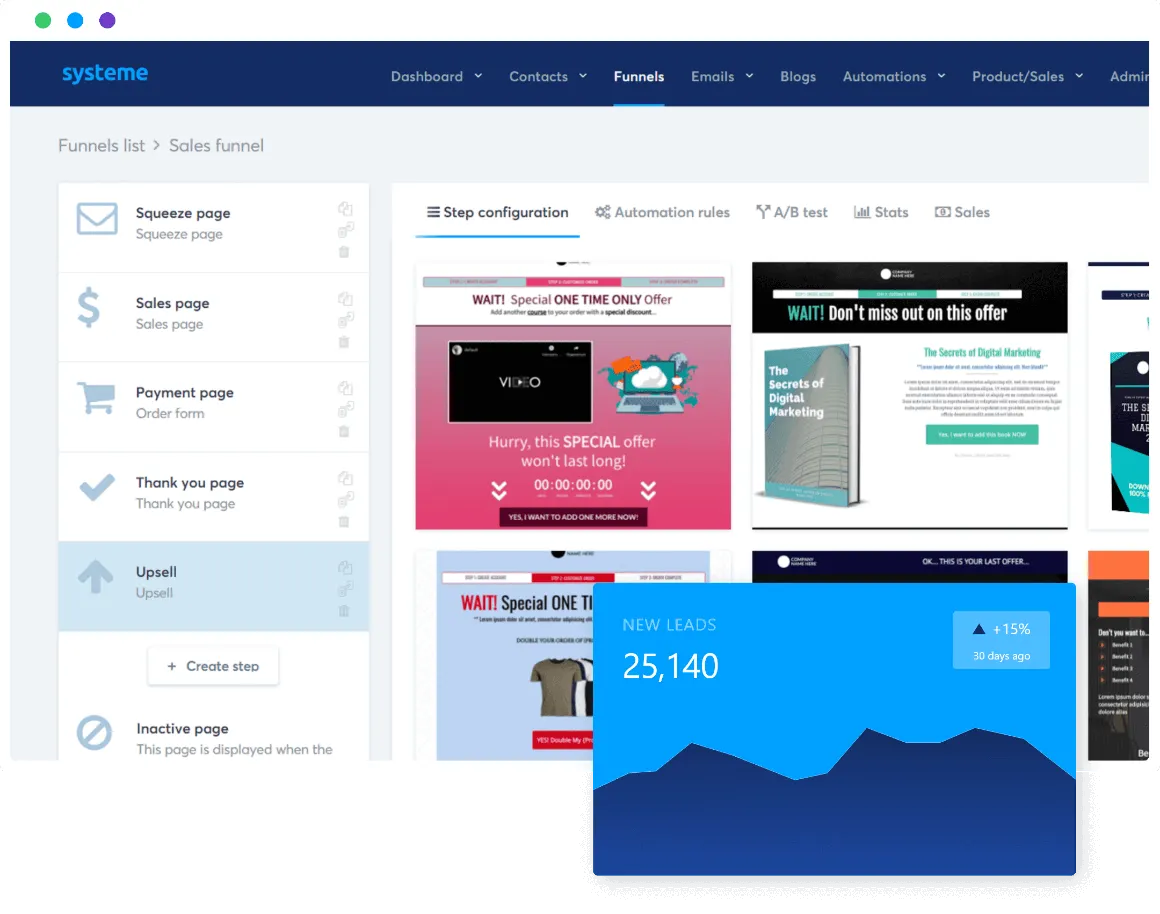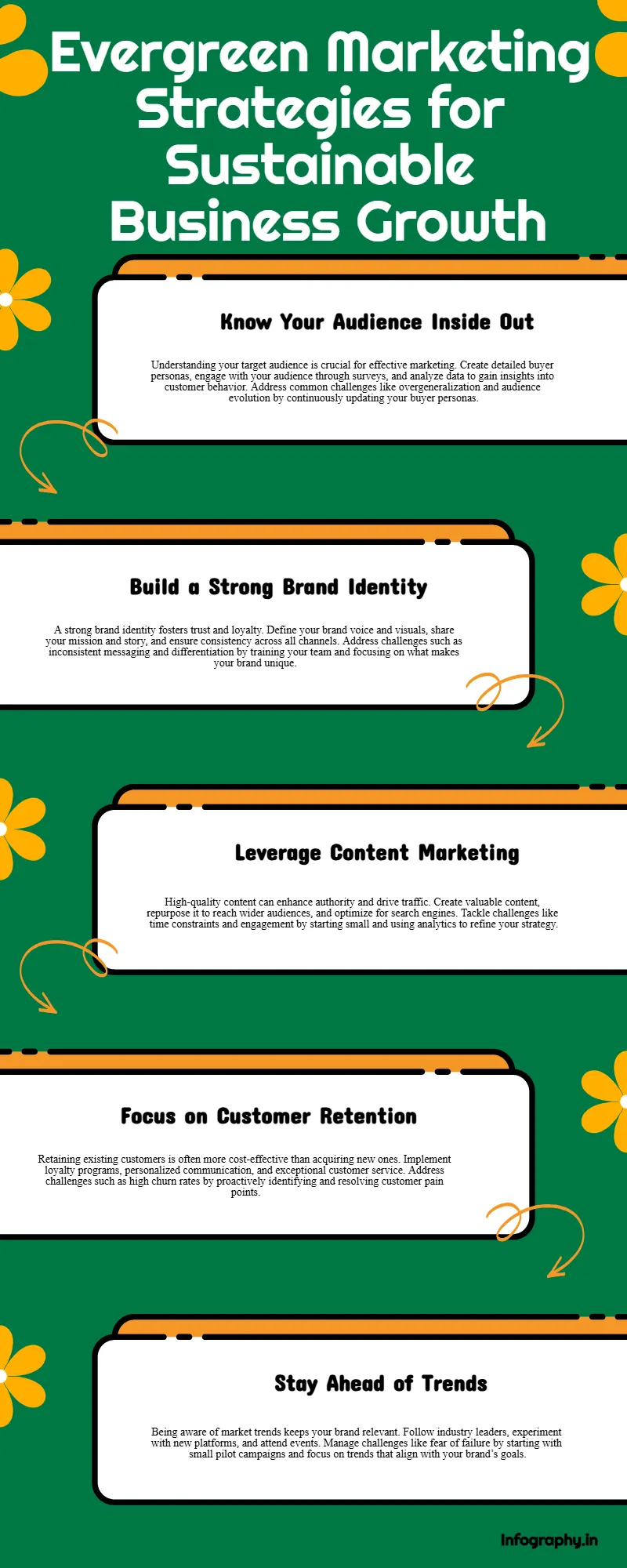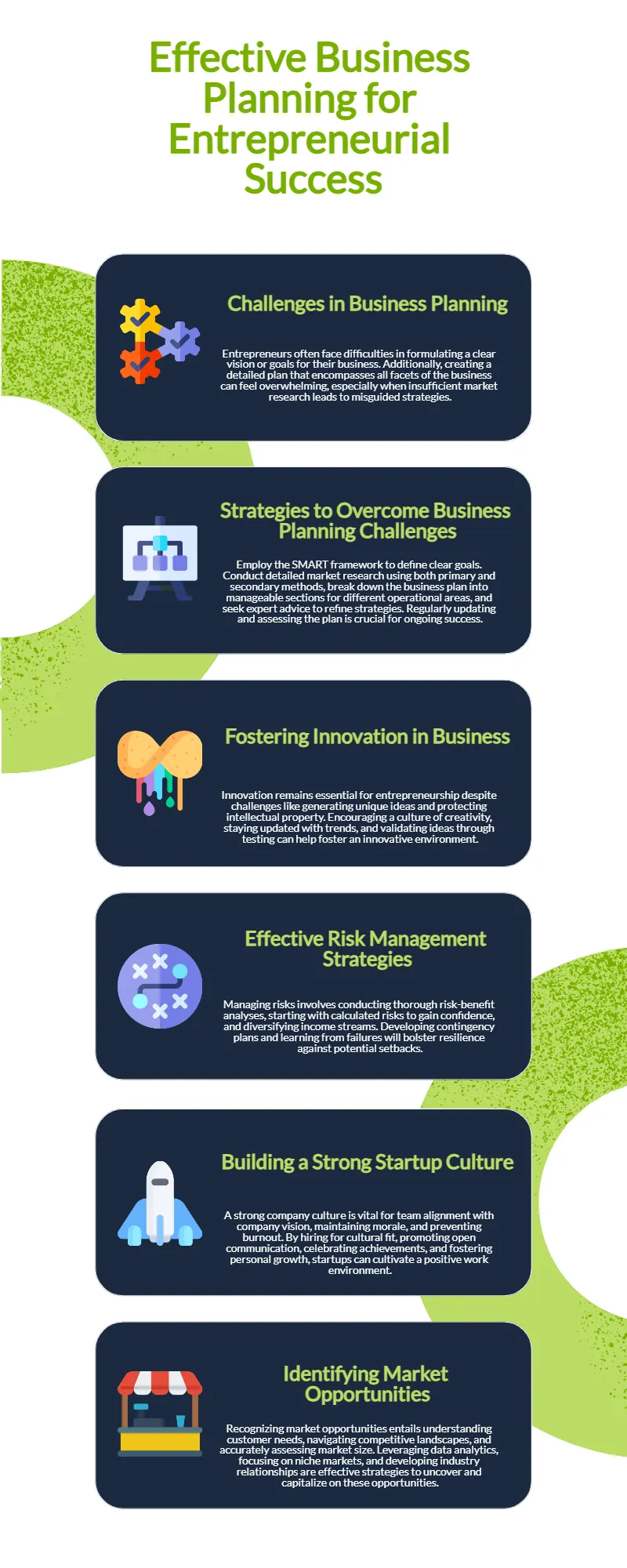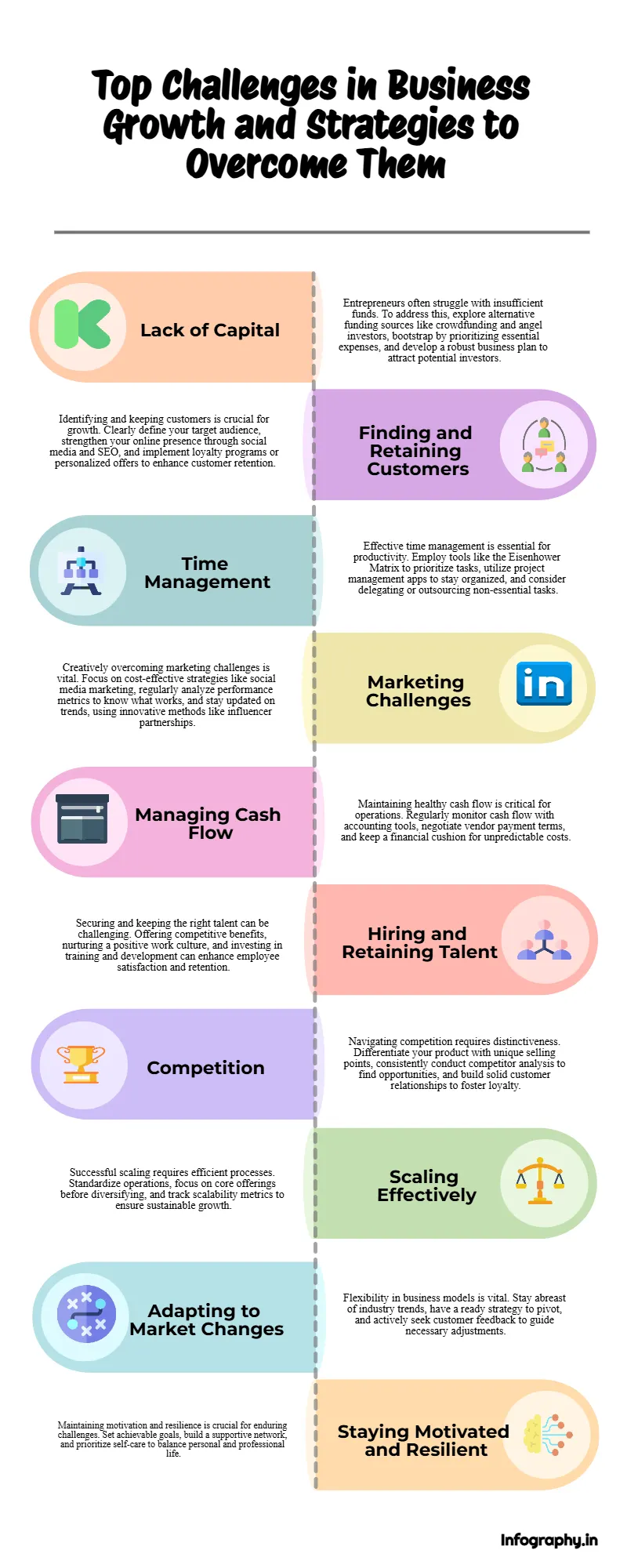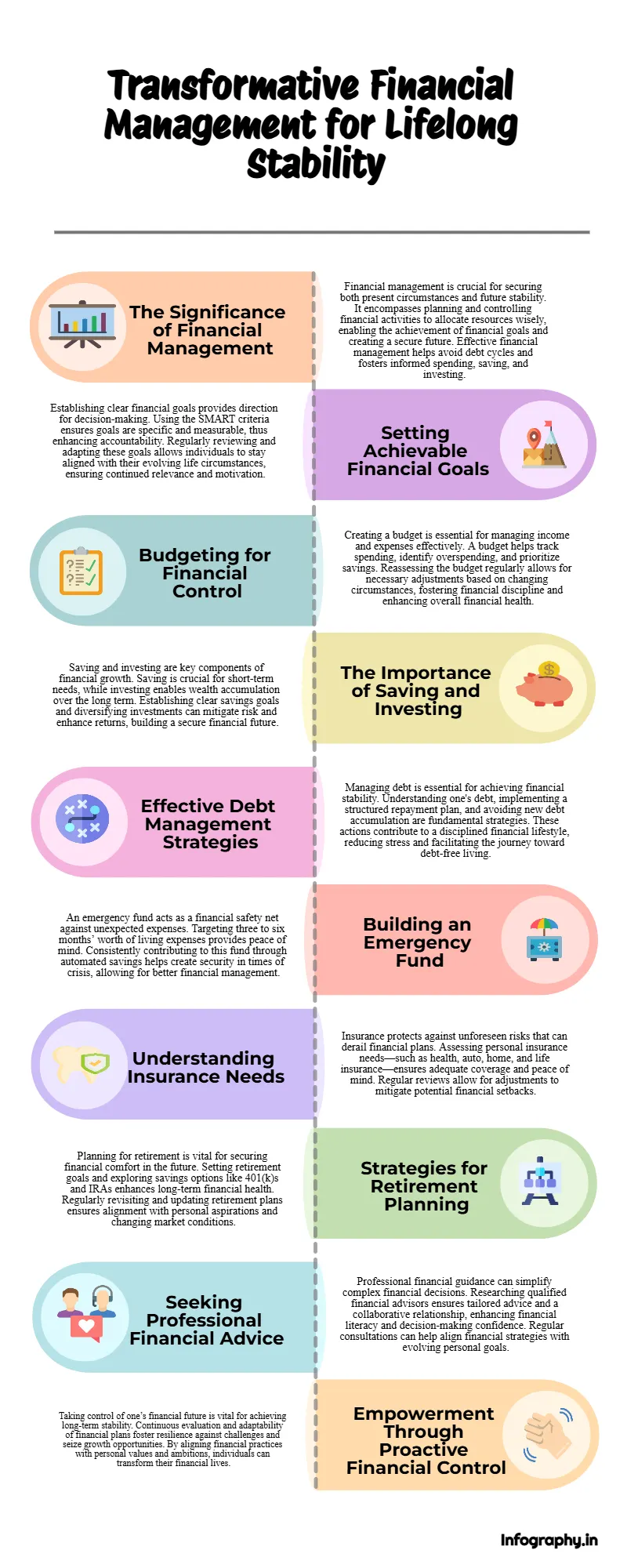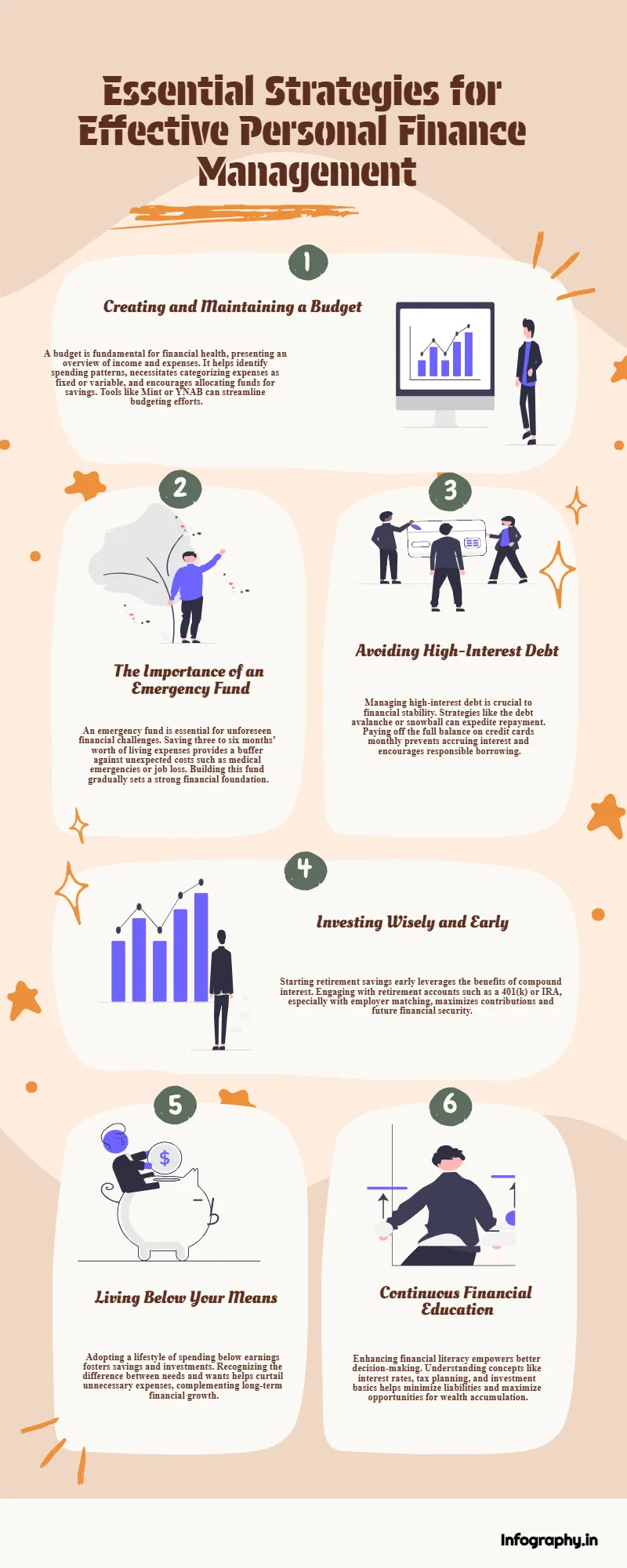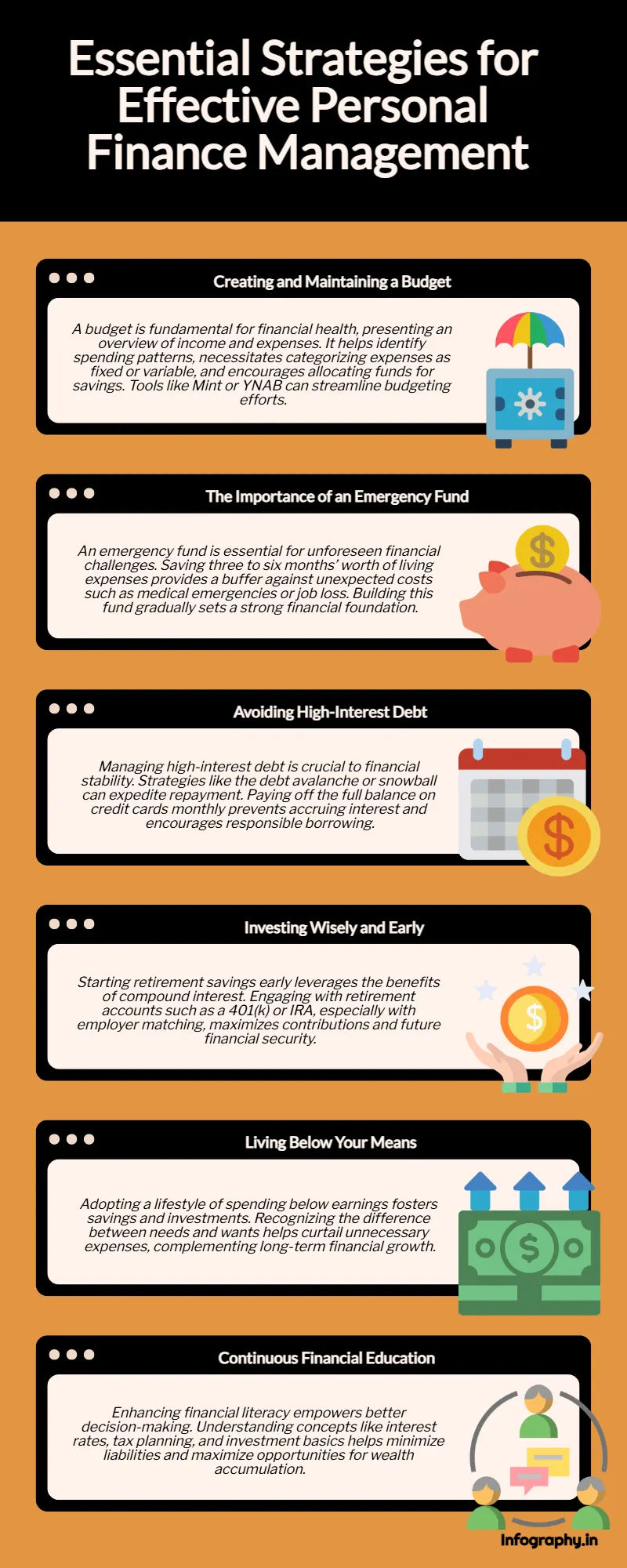Strategies to Maximize on Your Marketing and Business.
Strategies to Maximize on Your Marketing and Business.
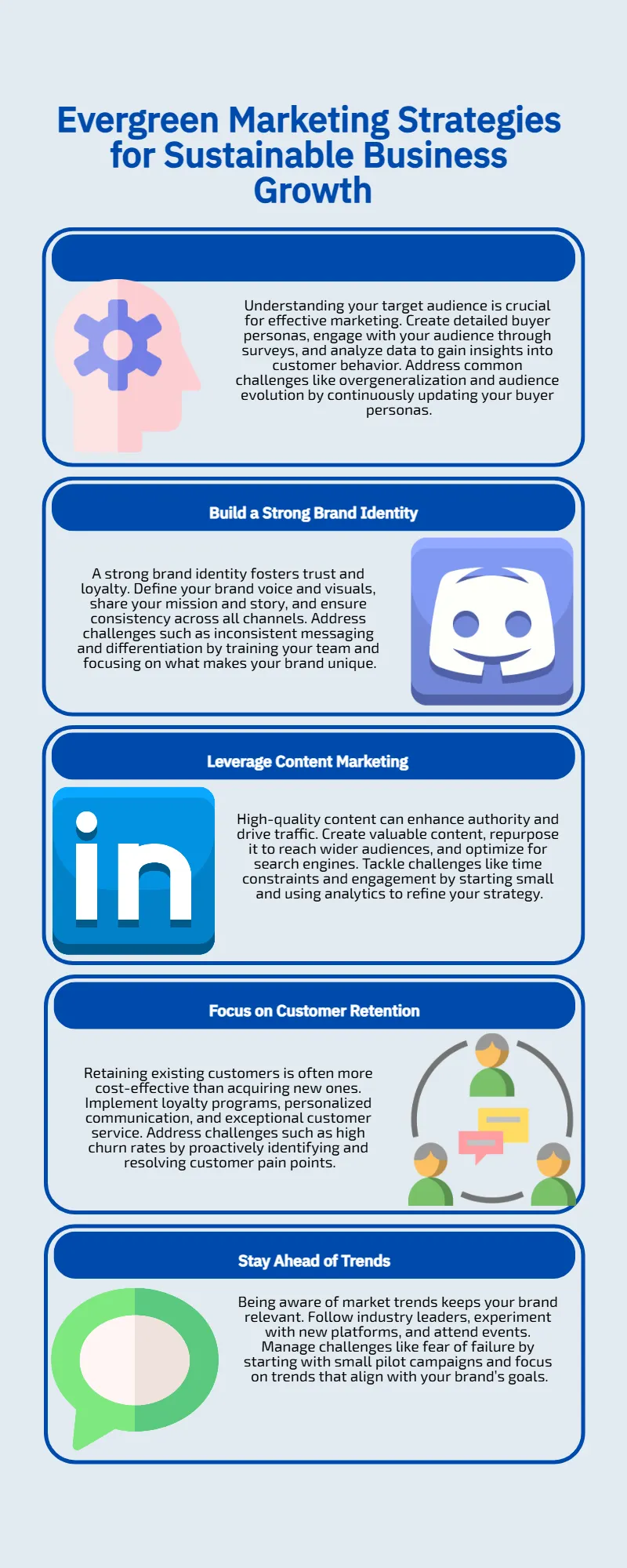
Here is a detailed strategy and how you can implementation it:
1. Content Marketing
- Develop a Content Calendar:
- Identify key themes and topics relevant to your audience.
- Schedule content publication dates to ensure consistency.
- Assign responsibilities to team members for content creation and review.
- Use Analytics to Track Performance:
- Set up Google Analytics or similar tools to monitor traffic and engagement.
- Analyze which content types and topics perform best.
- Adjust future content strategies based on data insights.
- Repurpose Content Across Platforms:
- Convert blog posts into videos or podcasts.
- Create infographics from data-heavy articles.
- Share snippets of content on social media to drive traffic back to the original piece.
2. Email Marketing
- Use Dynamic Content for Personalization:
- Segment your email list based on user behavior and preferences.
- Use dynamic fields to personalize subject lines and email content.
- Test different versions to see which personalization tactics work best.
- Integrate with CRM for Better Targeting:
- Sync your email platform with your CRM to access detailed customer data.
- Create targeted campaigns based on customer lifecycle stages.
- Monitor engagement and adjust campaigns as needed.
- Conduct Regular List Cleaning:
- Identify inactive subscribers and send re-engagement emails.
- Remove or segment unresponsive contacts to improve deliverability.
- Regularly update your list to ensure data accuracy.
3. Social Media Engagement
- Leverage User-Generated Content:
- Encourage followers to share their experiences with your brand.
- Feature user-generated content on your profiles to build community.
- Create campaigns or contests to incentivize content creation.
- Host Live Sessions:
- Plan and promote live sessions in advance to maximize attendance.
- Engage with viewers through Q&A and interactive elements.
- Analyze feedback and engagement to improve future sessions.
- Collaborate with Micro-Influencers:
- Identify micro-influencers whose audience aligns with your brand.
- Develop a collaboration plan that benefits both parties.
- Track the performance of influencer campaigns to measure ROI.
4. SEO Optimization
- Conduct Regular Keyword Research:
- Use tools like Google Keyword Planner to find relevant keywords.
- Analyze competitor keywords to identify opportunities.
- Update your keyword strategy based on search trends.
- Optimize for Voice Search:
- Focus on long-tail keywords and natural language queries.
- Ensure your website is mobile-friendly and loads quickly.
- Create FAQ pages to address common voice search queries.
- Improve Site Speed:
- Use tools like Google PageSpeed Insights to identify speed issues.
- Optimize images and use a content delivery network (CDN).
- Minimize code and leverage browser caching.
5. Influencer Collaborations
- Use Affiliate Links to Track Performance:
- Provide influencers with unique affiliate links or codes.
- Monitor sales and traffic generated through these links.
- Adjust commission structures based on performance.
- Co-Create Content:
- Collaborate with influencers to develop content that resonates with their audience.
- Ensure the content aligns with your brand message and values.
- Promote the content across both your and the influencer's channels.
- Focus on Long-Term Partnerships:
- Build relationships with influencers who genuinely support your brand.
- Develop ongoing collaboration plans to maintain engagement.
- Regularly review partnership performance and make adjustments.
6. Customer Testimonials
- Use Video Testimonials:
- Reach out to satisfied customers to participate in video testimonials.
- Provide guidance on key points to cover in their testimonials.
- Edit and share videos on your website and social media.
- Integrate Reviews into Product Pages:
- Use review widgets to display customer feedback on product pages.
- Highlight positive reviews and address any concerns mentioned.
- Encourage new customers to leave reviews after purchase.
- Highlight Testimonials in Marketing Materials:
- Include testimonials in brochures, ads, and presentations.
- Use quotes and customer stories to build trust with prospects.
- Regularly update materials with fresh testimonials.
7. Webinars and Online Workshops
- Offer On-Demand Access:
- Record live sessions and make them available for later viewing.
- Create a library of past webinars for easy access.
- Promote on-demand content through email and social media.
- Provide Certificates of Completion:
- Design certificates that participants can download after attending.
- Use certificates as an incentive for participation.
- Highlight the value of the knowledge gained in the webinar.
- Use Interactive Tools:
- Incorporate polls, quizzes, and chat features during sessions.
- Encourage audience participation to keep them engaged.
- Analyze interaction data to improve future webinars.
8. Referral Programs
- Use Gamification to Increase Participation:
- Create a points system for referrals with rewards at different levels.
- Display leaderboards to encourage friendly competition.
- Offer bonus points for specific actions, like social media shares.
- Offer Tiered Rewards:
- Design a reward structure with increasing value for more referrals.
- Clearly communicate the benefits of each tier to participants.
- Regularly update rewards to keep the program exciting.
- Promote Through Multiple Channels:
- Use email, social media, and your website to promote the program.
- Create engaging visuals and messages to capture attention.
- Track which channels drive the most referrals and optimize efforts.
9. Networking Events
- Use Virtual Networking Tools:
- Choose platforms that facilitate virtual networking, like Zoom or Hopin.
- Organize breakout sessions for small group interactions.
- Provide networking guides to help participants connect effectively.
- Follow Up with Personalized Messages:
- Collect contact information during events for follow-up.
- Send personalized thank-you emails to attendees.
- Include a call-to-action for further engagement or meetings.
- Offer Value Through Workshops:
- Host workshops on relevant topics during networking events.
- Invite industry experts to share insights and best practices.
- Provide resources and materials for attendees to take away.
10. Brand Storytelling
- Use Customer Stories:
- Collect stories from customers about their experiences with your brand.
- Share these stories through blog posts, videos, and social media.
- Highlight the impact your brand has had on their lives.
- Create a Brand Narrative:
- Develop a compelling story that encapsulates your brand's mission and values.
- Use this narrative consistently across all marketing channels.
- Update the story as your brand evolves and grows.
- Incorporate Storytelling in All Marketing Materials:
- Use storytelling techniques in ads, presentations, and content.
- Focus on emotional connections and relatable experiences.
- Train your team to communicate the brand story effectively.
These detailed steps provide a comprehensive approach to implementing each marketing strategy, addressing common challenges, and offering solutions for success.

